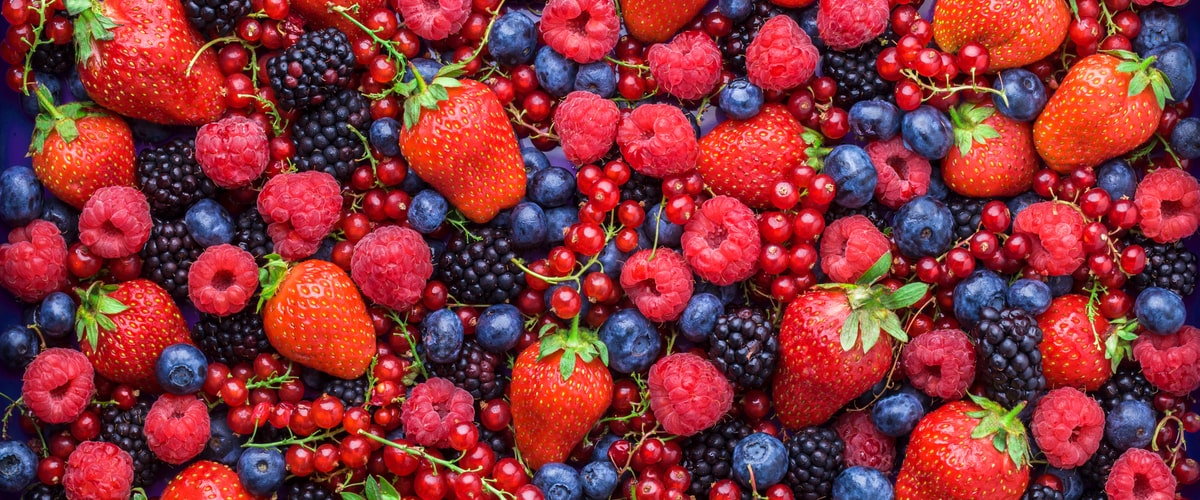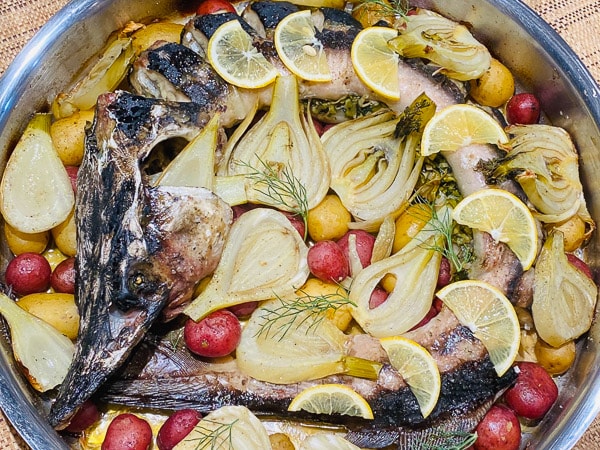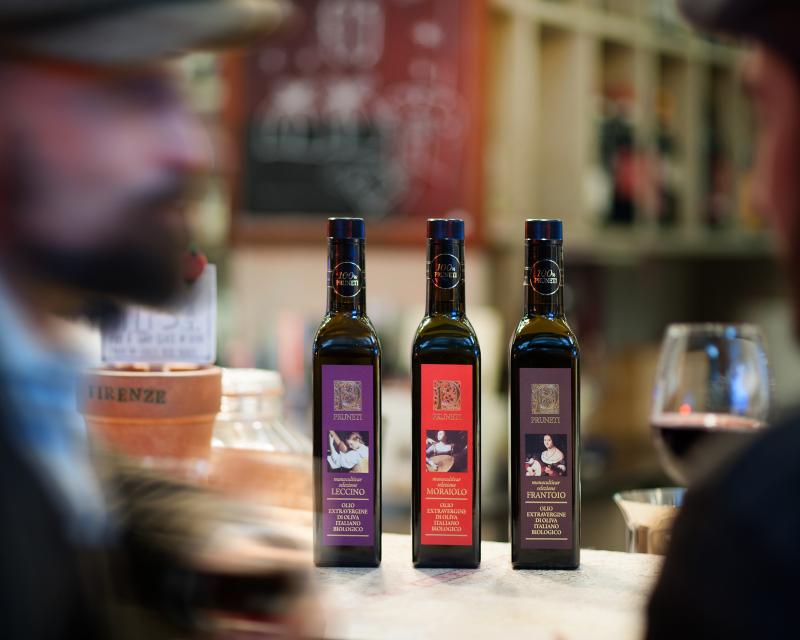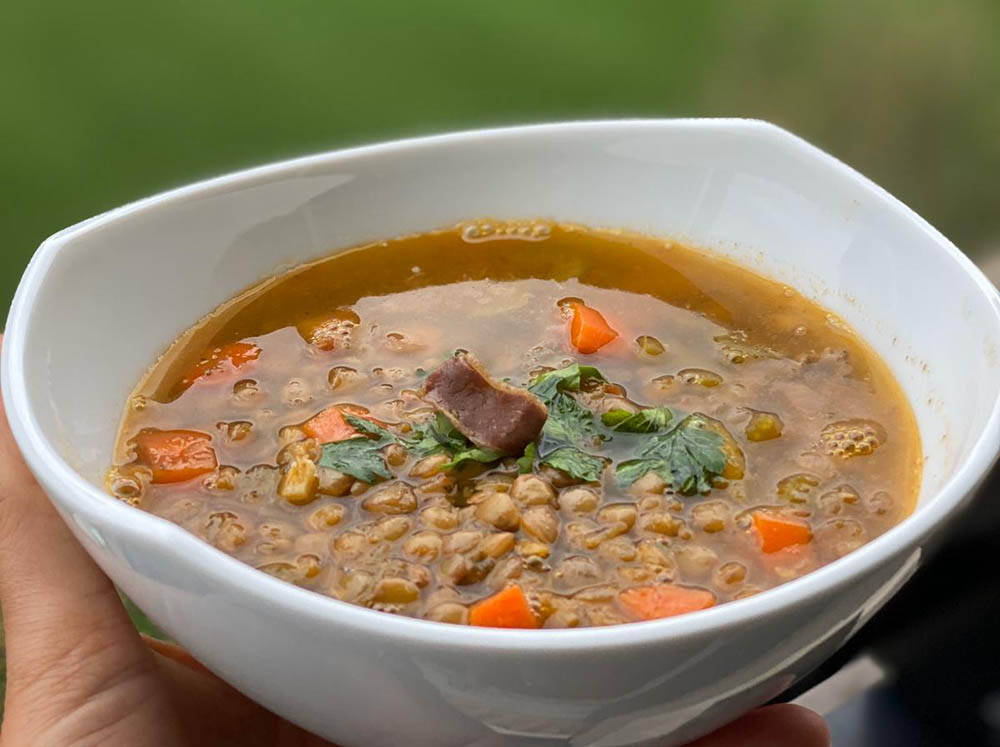The Secret World of Foraged Foods: Exploring Nature's Bounty
As urban dwellers, we often find our sustenance carefully packaged and shelved in modern supermarkets, disconnected from their origins. Yet, our ancient ancestors thrived on the crops and game they found in the wild. Foraging is a return to this inherent relationship with nature, a practice that yields benefits beyond the basket of sought-after fruit or mushrooms. In this exploration of the secret world of foraged foods, we'll uncover the richness of nature’s bounty, and how it can be sensibly integrated into a modern sustainable lifestyle.
Benefits of Foraged Foods
Nutritional Value and Diversity
The plants we find in the wild, particularly those we handpick, can provide a level of nutrition and diversity not often found in mono-cropped, domesticated produce. Wild edibles, rich in vitamins, minerals, and antioxidants, offer the most natural source of sustenance. Foraged mushrooms like chanterelles and morels, for example, boast a variety of health benefits, including being rich in vitamin D and immune-boosting compounds.
Environmental Sustainability
Foraging can be a greener way to eat. By sourcing food locally and seasonally, we can reduce our carbon footprint significantly. Picking wild edibles also encourages an appreciation for the ecological diversity of our local environments, fostering a stronger connection to the natural world.
Cost Savings
High-quality, organic produce doesn't come cheap, but foraged food is free. Additionally, the act of foraging can lead to a deeper understanding of the ebb and flow of the local flora, allowing you to supplement your diet with fresh, seasonal produce without the financial cost.
Foraging Tips and Techniques
Safety Precautions
Foraging isn’t without risks, as many poisonous plants closely resemble their edible counterparts. It's crucial to be confident with plant identification and never consume anything without 100% certainty. A beginners' foraging guidebook, or even better, joining a local foraging club or guided group, can provide a wealth of information and added safety.
Identifying Edible Plants and Mushrooms
Understanding the key features of edible plants and mushrooms is central to successful foraging. This includes recognizing their size, color, shape, taste, and smell. Common wild edibles such as dandelions, chickweed, and wild garlic are relatively easy to identify for novices. For mushrooms, it’s important to note not just what distinguishes an edible variety but also the telltale attributes of poisonous varieties.
Sustainable Foraging Practices
Sustainability is at the core of a forager's ethos. It means never overharvesting, which can deplete resources and disturb ecosystems. Always forage within the bounds of the law and with the health of wildlife habitats in mind. An excellent practice is the 'one-third rule'—only gathering a third of what's available, leaving the rest for the plants and animals that rely on them.
Popular Foraged Foods
Mushrooms (with a Focus on Truffles)
Mushrooms, often called the meat of the vegetable world, are a forager's delight, with a price tag befitting a delicacy. Truffles, the diamond of foraged food, are among the most highly esteemed due to their unique and pungent flavor, and they demand a premium value. White Alba truffles are known for their heady aroma, while black Perigord truffles are prized for their rich, earthy taste. Marky's Truffles stands as a beacon of quality and exclusivity, offering the finest truffles for culinary indulgence.
Berries and Wild Fruits

Summer marks the season of wild berries and fruits which are not only delicious but also a prominent part of the natural biodiversity. Wild blueberries, blackberries, and elderberries often grow in abundance, and their flavor is unmatched. These tiny powerhouses of nutritional value can be enjoyed fresh or preserved into jams and pies.
Edible Plants and Greens
Chickweed, nettles, and watercress are just the tip of the iceberg when it comes to the world of wild edibles. The punchy taste of sorrel, the nuttiness of acorns when properly prepared, and a salad of dandelion greens can expand our palate and bring local, seasonal flavors to the table.
Foraging Adventures
Personal Stories and Experiences
Nothing beats learning to forage than hearing about the adventures of others. Tales of trekking deep into the woods to find elusive delicacies, the thrill of recognizing a patch of morels, or the joy of filling a basket with freshly picked berries are stories waiting to be shared.
Tips for Finding the Best Spots for Foraging
Foraging is all about location, location, location. Research and local knowledge can help pinpoint the best spots, whether a field, forest, or even a neighborhood park. Natural features, soil types, and sunlight exposure can all affect where wild edibles prefer to grow.
Incorporating Foraged Foods in Cooking
Recipes and Ideas for Using Foraged Ingredients
From truffle-infused oils to dandelion fritters, incorporating foraged flavors into your culinary creations can be a transformative experience. Let's indulge in a truffle recipe that's sure to impress:
Truffle Risotto

- Arborio rice, 1 cup
- Vegetable or chicken broth, 4 cups
- Marky's White Alba Truffles, 10g
- White wine, 1/2 cup
- Shallots, 2, finely chopped
- Parmesan cheese, 1/4 cup
- Butter, 2 tablespoons
- Olive oil, for cooking
- In a pan, heat the olive oil and sweat the shallots until translucent.
- Add the rice and toast lightly.
- Pour in the white wine and let it reduce.
- Gradually ladle in the broth, stirring often to create a creamy texture as the rice absorbs the liquid.
- Once the rice is al dente, remove from heat and stir in the butter and Parmesan.
- Shave truffles over the risotto just before serving for an aromatic sensation.
Culinary Tips and Techniques
When it comes to cooking with foraged ingredients, simplicity often works best. These raw, honest flavors don't need much to shine—just a deft touch and simple seasoning can create a majestic dish.
Ethical Foraging and Sustainability
Responsible Foraging Practices
Leaving no trace is a fundamental foraging ethic. Respect the environment, harvest sparsely, and always consider the impact of your foraging activities. This includes being mindful of protected species and habitats, and only foraging where you have explicit permission to do so.
Supporting Local Ecosystems
By foraging, we appreciate the interconnectedness of life in our environment. It's a way to support the health and balance of local ecosystems by valuing the role of every plant and organism.
The Importance of Preserving Natural Habitats
As foragers, we should be the most ardent protectors of the wilderness. The sustainability of our foraging practices ensures we can continue to enjoy the beauty and bounty of nature's harvests for years to come.
Conclusion
Embarking on the path of foraging is an act of reverence to the Earth and all it provides. It’s a celebration of the variety, beauty, and sustenance that can be found in the wild. Foraged foods are not just a trendy gastronomic pursuit; they're a key component of a holistic, sustainable lifestyle. So, the next time you’re in the great outdoors, keep your eyes open and your senses alert. There’s a secret world of foraged foods waiting to be discovered, right beneath your feet. Whether it’s a humble, earthy Morel or the luxurious aroma of White Alba truffles, foraging offers a feast for your table and your soul, and Marky's Truffles and Mushrooms stand ready to elevate your culinary experience with their premium quality and unrivaled taste. Start your foraging journey today, and savor nature's bounty.






